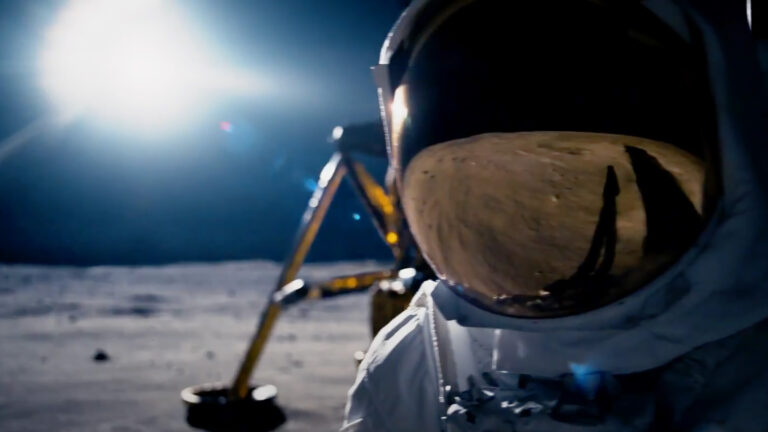For an artform that’s so dependent on technology, filmmaking has an odd relationship to its equipment. The standard of gear available even on low budgets has improved enormously in the last ten years, but users of that equipment sometimes make choices driven more by art than science.
Sometimes that works fine. Sometimes, though, it’s something we wish we’d discussed in more detail up front.
The allure of the past
What’s made all this possible has been the near-universal availability of cameras with sensors close in size to a Super-35mm film frame. That’s given everyone—including the least well-funded—access to results incredibly close to the cinematic greats of history. Perhaps most of all, the high end is no longer the only market for cinema-style glass. We can now get a huge variety of fairly affordable cinema lenses which didn’t previously exist.
The high end is no longer the only market for cinema-style glass.
And they’re mostly pretty good. Given modern manufacturing techniques, even the most modestly-priced lens sets tend to fail in ergonomics more than they fail in image quality. That’s even more the case if we think about lenses built for stills work, which will be many people’s first experience of shooting video on something other than a cellphone.
Modern designs intended for DSLR and mirrorless cameras sometimes achieve incredible things. They’re not great for dramatic focus pulling, perhaps, but they’re often clean and sharp almost to a fault.
Or, in fact, they’re clean and sharp absolutely to a fault. At the time of writing, photochemical origination—and legacy lenses—have been normal for around 80 percent of the time cinema has existed as an art form. As such it’s no great surprise that 80 percent of all the best films ever made used equipment and techniques that we would think of as historic. Many of those historic techniques, from film stocks through special processing and camera techniques, aren’t available anymore.
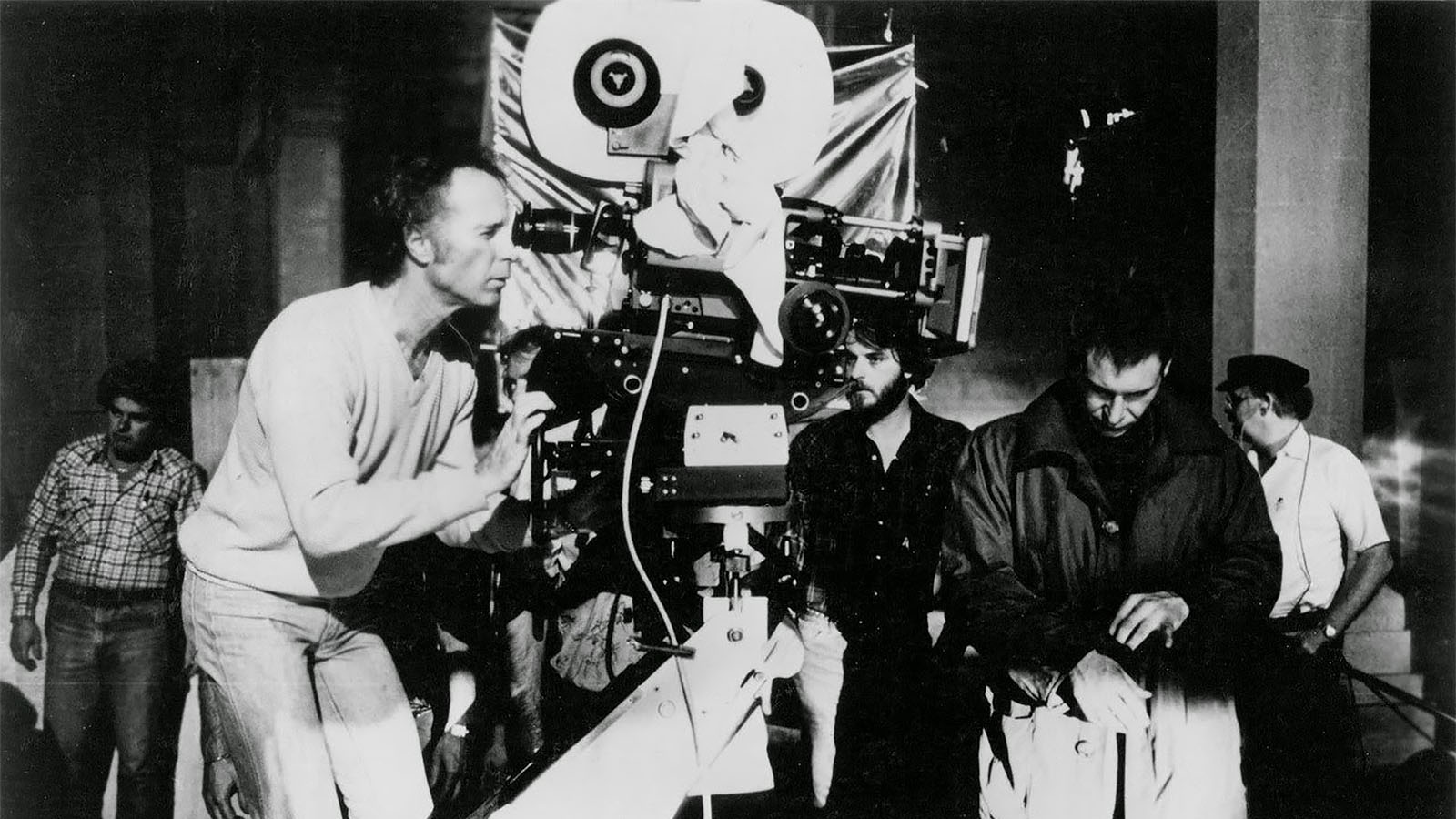
Consider Blade Runner, with its spectacular use of anamorphic lenses (Panavision’s, of which we’ll hear again). Think of Saving Private Ryan, with its uncoated Super Speeds, deliberate shutter desynchronisation, narrow shutter angles, and bleach bypass. At the extremes, think of Man on Fire and Domino, where the late, great Tony Scott played with hand-cranking, reversal film, cross-processing, and double exposure.
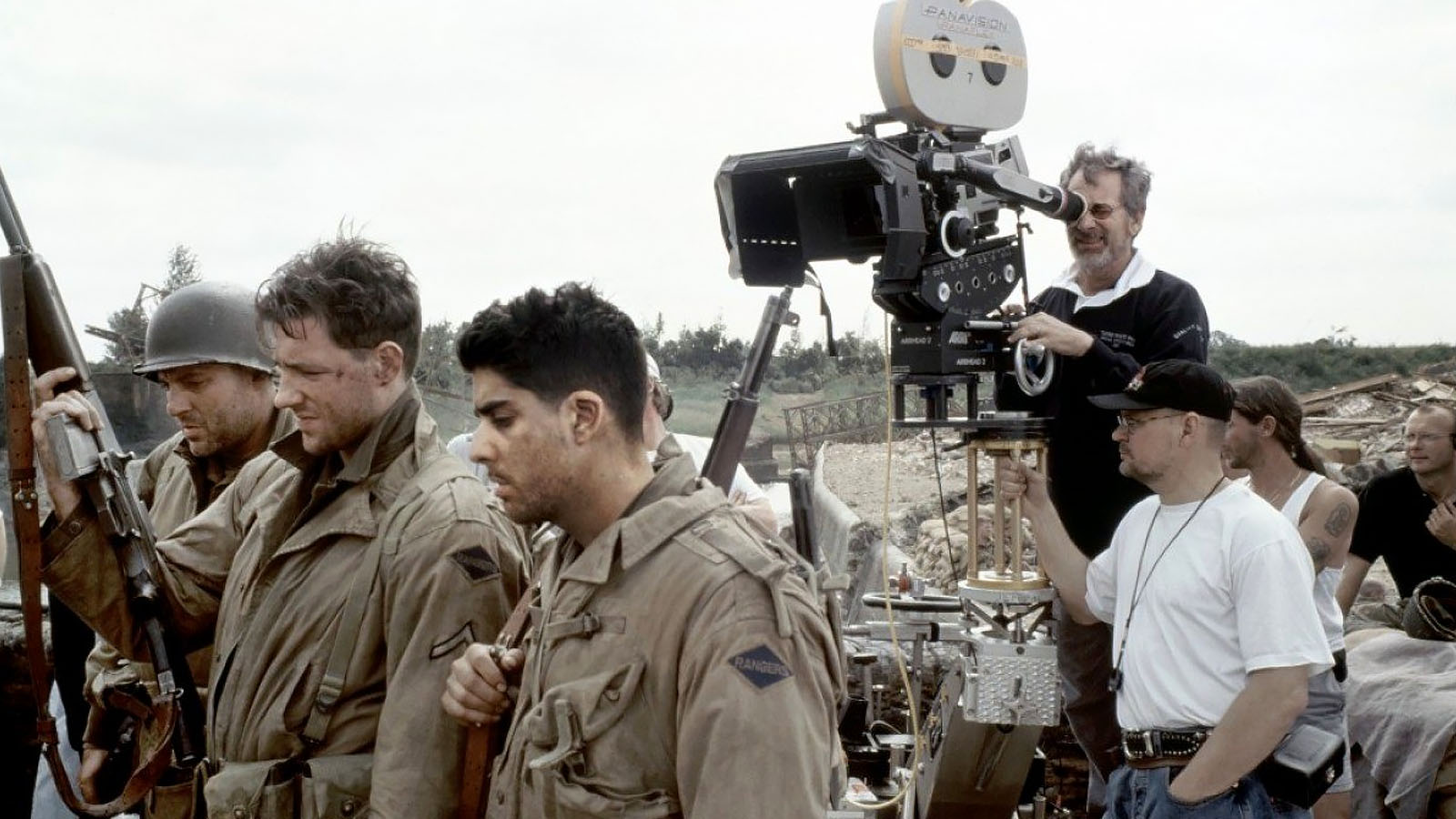
Few of those are easy to simulate with plugins for your favorite post production tools. Most of them can’t be done with digital cameras at all. We’re increasingly left trying to mock them up in the grade, which doesn’t feel very old school.
One thing from the past which absolutely is available to modern cinematographers, though, is the selection of lens.
Bad is good
Old lenses are chosen for exactly the things their designers would have considered faults: softness, flare, aberration and distortion. We seem paradoxically dedicated to exactly the things that cinematographers of history would have been keen to avoid.
The high end is no stranger to that. One fantastic example is Joker, shot on large-format cameras using a wide variety of lenses from the history of cinema. Given the sheer scale of the show, there were opportunities to do things which smaller productions might struggle to duplicate.

Certain lenses were customized, particularly to allow an old favorite intended for Super-35mm cameras to support much bigger sensors. Doing that allows the sensor to see far into the corners of the image. The result? Well, an engineer might frown, but Joker embraces its historic gloss wonderfully.
That sort of look can be seductive. It’s easy to look at aberration and distortion and start trawling your favorite online auction site for low-cost old glass. Classics include early Asahi Takumars, from which modern Pentax designs derive, or pre-AI Nikkors of similar seventies vintage. Still photography lenses from Russia’s Soviet period are so popular they’re almost banal.
The Helios 44-2, an old 58mm f/2 design, is a favorite. Adapt it to a modern mirrorless camera, and add a Helios 40-2 85mm f/1.5, or maybe the cheaper Jupiter 9 85mm f/2. Complete the set with a MIR 1B 37mm f/2.8 for wide shots. It’s such a popular approach that many of these old stills lenses now sell for more than the least-expensive cinema glass.
Getting practical
Of course, a lot of Joker’s brilliance was down to its production design, lighting, and even techniques like blocking and framing. Those last two are particularly valuable at every budget level. One big problem with obsessing over equipment is that it distracts us from fundamentals—like blocking and framing—especially in a world where equipment is no longer a big limiting factor.
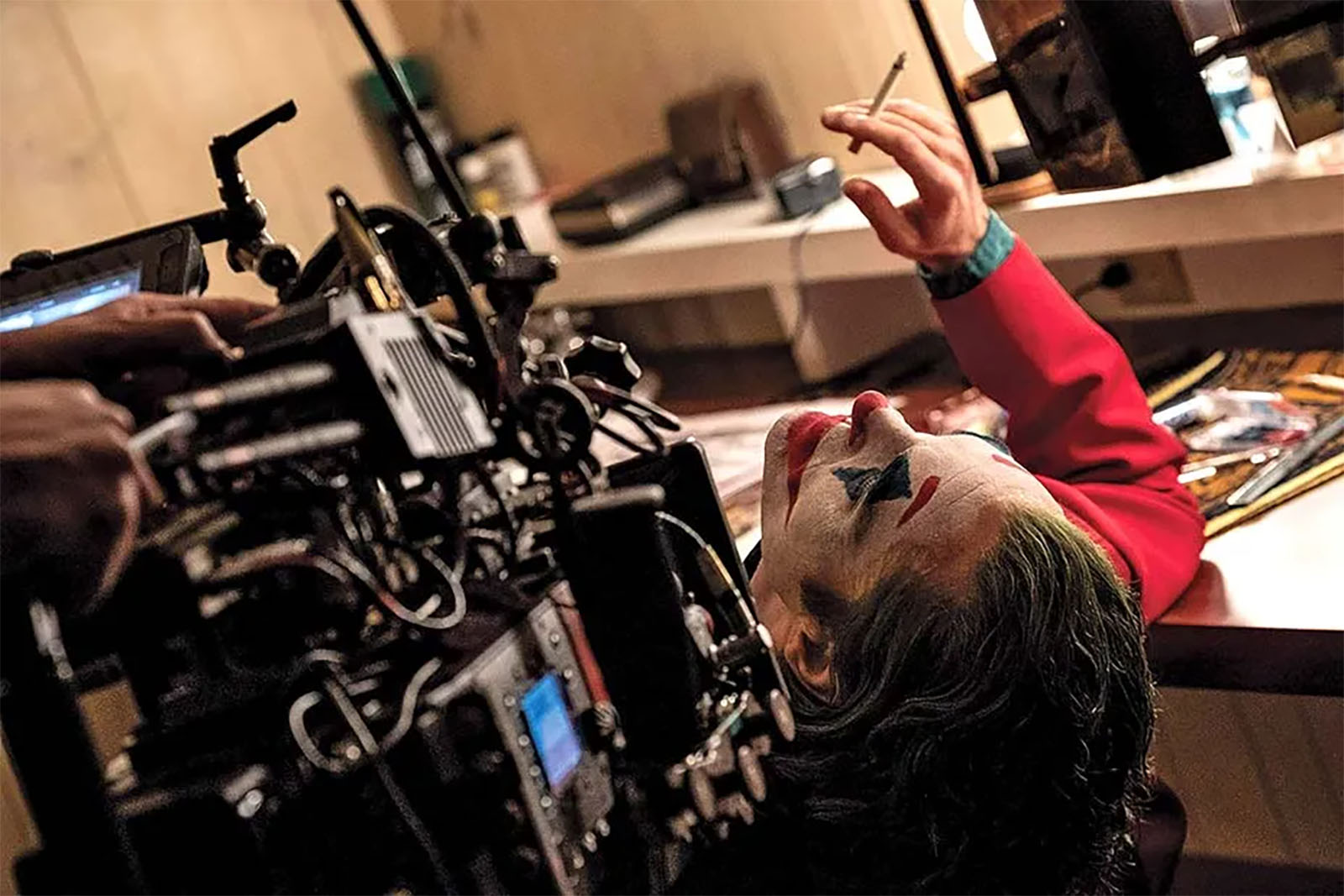
But lenses from decades ago may be the least-reasonable pieces of equipment on a modern set. They might have optical imperfections we like. They might also have optical imperfections we don’t like and mechanical problems nobody could ever love. Worse, those problems might only become visible under very specific circumstances. Unexpected issues may not be obvious on the day and can be very hard to fix.
Photographic lenses generally care less about consistency between lenses in a set than movie lenses.
One particularly critical issue is consistency. Photographic lenses generally care less about consistency between lenses in a set than movie lenses. Old lenses generally do it less well than recent designs. Even a single lens may look very different at different aperture settings, and two apparently identical lenses may not match well.
The Meyer-Optik Görlitz brand, for instance, covers a lot of lenses made in East Germany during the cold war. They’re still reasonably cheap, but more than one factory built them, and often in very different ways. Two Meyer-Optik 50mm f/1.8 Orestons may be far from identical.

Perhaps worst of all, the failure of performance in the bottom couple of stops can be quite severe on old designs. That’s especially true with special arrangements like anamorphics. With the iris all the way open, they might stop looking cool and interesting, and start simply looking bad. Lenses of old were often built in the expectation that they’d be used at f/5.6 or even f/8.
Modern cameras are often a couple of stops faster than old film stocks, but other restrictions often mean that modern shoots are much more likely to work below f/2.8. Even if an old lens will open up that far, its gentle softness might degrade into mushy, depthless fuzz. Anamorphics, even up to Panavision’s feted C and E series, can suffer this.

Twilight and desperation
Well-meaning cinematographers might make a pact with themselves never to do that. Still, anyone can get caught out on a long-running day exterior as the sun plummets toward the horizon. At some point, the bottom notch on the aperture ring starts to look desperately tempting. Promises not to go there can become difficult to keep.
We might shoot one side of the conversation in the middle of the afternoon, but twilight and desperation inevitably set in. Opening up on a set of ancient, expensive, beloved Cooke Speed Panchros might mean that the other side of that conversation varies markedly in sharpness and contrast.
There are plenty of other ways in which old lens designs might not hold up. Lens flare is increasingly popular, although obscuring the frame Abrams-style with excessive glints and gleams can provoke complaints. Some flare more than others, but designs from ancient history were often built to work alongside a big team of people to flag off sources of glare.
Even color can vary. Old lens designs might not have suffered strange color tints when they were new, but coatings and cements can age. Different focal lengths within a set might change more than others, depending how they were made and how they’ve been stored. Sometimes it’s reversible, by exposing the glass to sunlight for a few hours (though be careful about inadvertently scorching the iris blades or focusing the sun down to a point that might start a fire.)
All this creates matching problems. One side of a conversation may end up looking soft and low in contrast, even if the exposure otherwise matches. Sometimes we can fix things in Resolve, though it’s an unwelcome time sink and risks making things look over-processed and artificial if not done with a very light touch. And sometimes, a very light touch is not enough to fix the problems of ancient glass that’s been worked too hard.
All of that, meanwhile, comes after we encounter the practical issues surrounding old glass.
Mechanics
Most people are aware that adaptors exist to mount lenses on cameras they weren’t built for. That’s true of old stills lenses and cinema lenses alike. Even where that’s possible, though, it’s not always a smooth ride. The lens we want to use might have been designed to be closer to the sensor than is possible with the camera body we want to use.
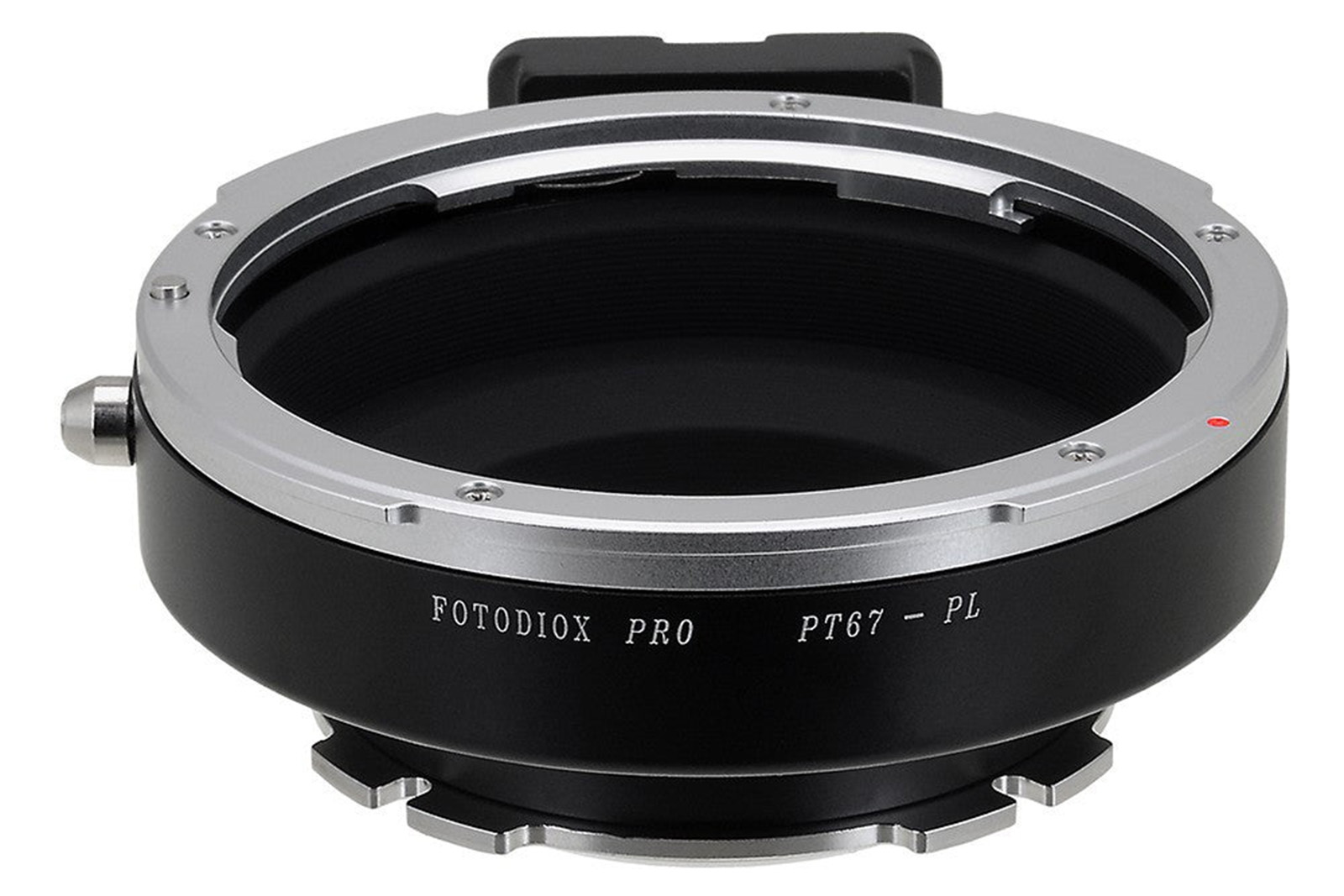
In that situation, the adaptor isn’t just a mechanical device. It takes an optical element (a lens) to adjust for the difference in distance, and that might introduce problems of its own. It might be OK, but it would bear testing.

Sometimes, we’re lucky enough to find ourselves using a camera with a lens mount positioned very close to the sensor. That includes Sony E, micro four-thirds, L, and a few others. They can often use simple mechanical adaptors to accept almost any lens in the world.
Even then, though, there are sometimes practical problems.It’s crucially important that the lens doesn’t move relative to the sensor, and lens mounts designed for stills cameras often rely on nothing more than spring pressure to hold the lens in place.
Cinema lenses, on the other hand, usually come in PL mount, or something derived from it, which is tough and solid. It uses a rotating ring to latch the lens in place. Even if there’s wear and tear on that ring, it simply rotates further to make sure the lens stays put. That’s a breech lock mount. Stills cameras often use bayonet mounts, where the lens slides in and rotates. That works fine for small, lightweight stills lenses, but once we add adaptors, the resulting stack of mechanics can sometimes lead to instability.
At best, that might cause unpredictable focus problems and shifts in the image. At worst, if the lens can rotate in the mount, it’s difficult to make follow focus work accurately at all, even if we’ve figured out how to clamp on the necessary gears. Having the picture twitch sideways every time the focus moves is not a good way to make the audience believe they’re watching high-end cinematography.
With all that in mind, the conveniences of real cinema lenses can start to seem almost trivial. High-end designs put all of the focus controls in the same place, making lens changes quick and easy. Many are internal focus, meaning the front element doesn’t rotate when focusing. Alongside better physical toughness, that makes it possible to use lightweight, clip-on matte boxes and circular grad and polarizing filters.
All of these things are good, but the main benefit of real, modern, properly-made cinema glass is that it stays in the right place.
Solutions
If this whole story sounds like a way to warn people against reaching for old lenses without having given it a lot of thought…well, it is. The desirability and the historic look and that comforting connection to the old masters are great powers which come with great responsibility. Go for it, but test before shooting.
As we’ve discussed, the things to watch out for aren’t just softness, flare and other optical faults. Keeping old lenses looking antique as opposed to archaic requires a bit more than just avoiding the bottom end of the iris range.
Keeping old lenses looking antique as opposed to archaic requires a bit more than just avoiding the bottom end of the iris range.
The purist’s solution would be to have the lenses rehoused. Putting the same glass elements into a brand-new, precision-machined shell solves problems with mount compatibility and physical robustness. Unfortunately, it’s also likely to cost more than even a very good modern lens.
Worse, it’s such a popular idea that the specialist houses that do this work—like Zero Optik and True Lens Services—are often booked literally years in advance.It can improve the optical performance a little by realigning all those pieces of glass—but in the end, what you have is still an old stills lens.
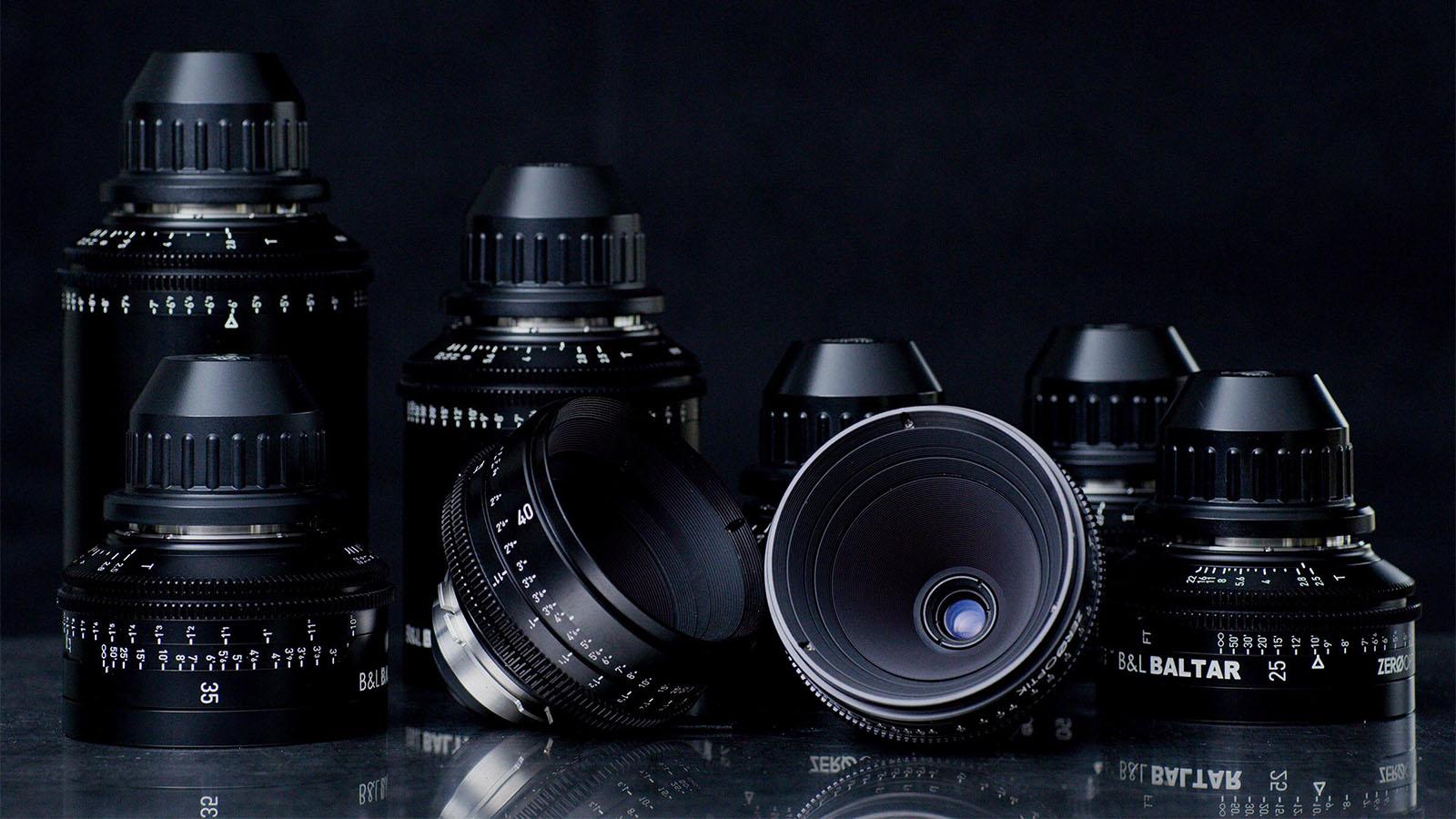
Perhaps better, there are lens companies offering designs which avoid looking too pristine, but don’t fail in the unpredictable ways that really old lenses can. Perhaps the most famous example is Cooke, whose entire approach is based on this approach. The company’s older models, like those Speed Panchros we talked about earlier, can lack modern conveniences. Its designers work hard, meanwhile, to ensure that the company’s current designs maintain the company’s trademark friendly glows while avoiding the downsides.
Staying in a world where lens sets cost as much as a house, consider Zeiss Supreme Primes. They project an image large enough to satisfy a full-frame camera. Crucially, though, they’re available in the radiance edition, which modifies the coatings to create cool bluish lens flares and a slight modification of sharpness and contrast.
It’s a subtle, likable effect, more controlled and consistent than old designs tend to be. For less money (but still a lot) Sigma’s Full Frame High Speed Prime series is also available with the Classic moniker. It’s a far less subtle effect than Zeiss’s approach, but if you want flares, you’ll get them.
Better (well, cheaper) solutions
Those of us not shooting the next Marvel movie might well ask whether there’s another way. Maybe something that gives us an interesting look, and some predictability, and doesn’t cost as much as a nice house in an expensive city.
One approach is simply to keep buying old photographic lenses until you find a good one. After all, if they’re variable, some of them are inevitably going to be best. Finding a set including a reasonable range of focal lengths might take a while. Worse, it might cost quite a lot of money, because even very variable stills lenses have become quite expensive.
Those old Russian Helios lenses we mentioned are a case in point. The optical fireworks are spectacular, but there aren’t many focal lengths, and the 85 and 37 can be expensive. On the other hand, anything marked Meyer-Optik is still fairly affordable, and there’s—well—lots of variability to explore.
Still, like so many things in the arts, there is a creative solution…
Use what we have.
Think of Citizen Kane. It used wide lenses and deep setups on big sets, often requiring split diopter filters to hold foregrounds and backgrounds in focus. It used light that allowed the lenses to be operated at an aperture which maximized their performance. At f/8, the performance gap (and, honestly, the visible difference) narrows considerably. It wasn’t widescreen; it wasn’t even in color. It did lots of things that modern cinematographers tend to back away from. Nobody on Kane was trying to embrace some sort of historic aesthetic.
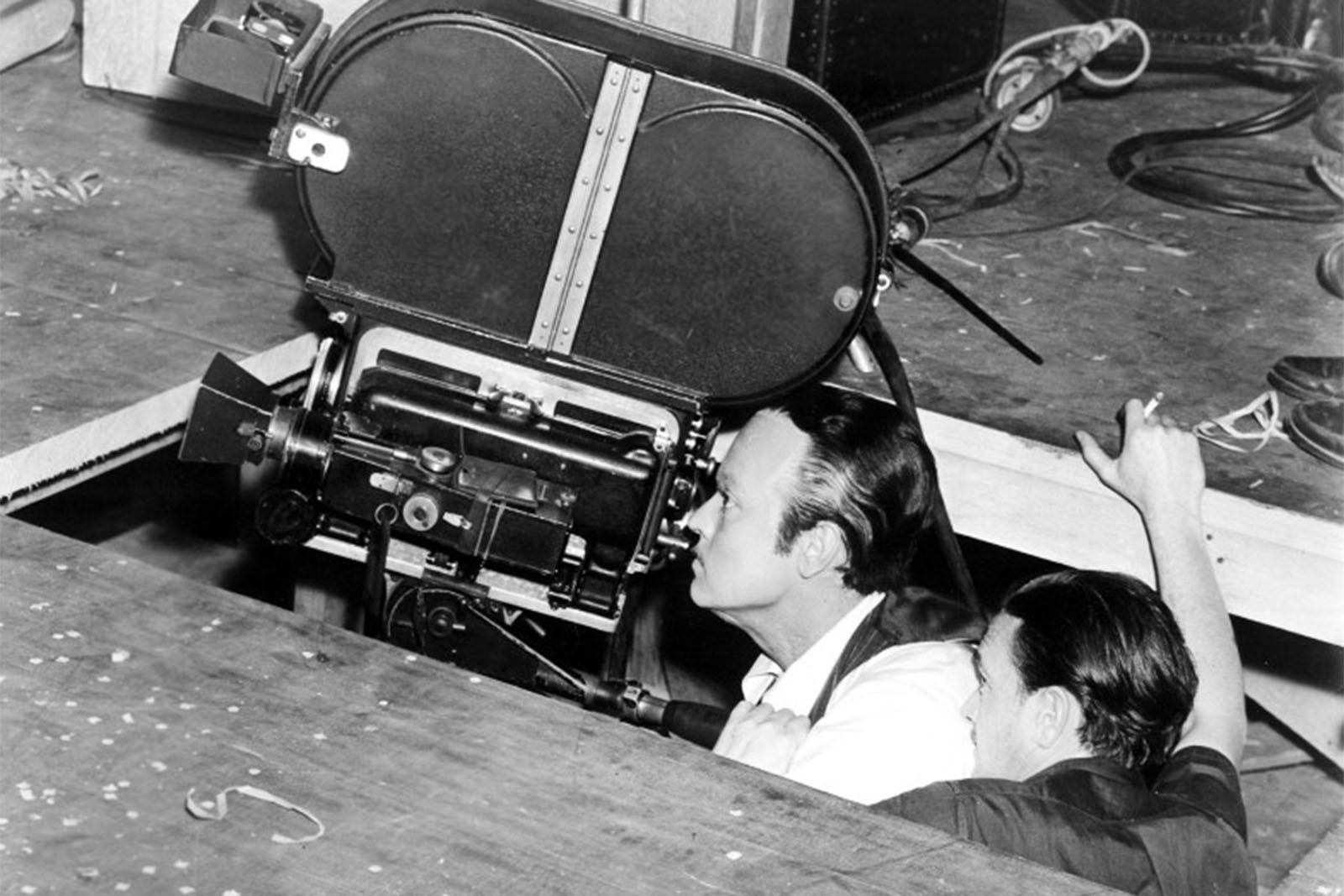
Was it cinematic, though? Well, it’s a weasel term, but yes, it was. Very.
There are things we can do with filters, and probably that’s a good place to start with modern lens designs. Perhaps we’ll talk about them another time. In the end, though, let’s recognise that even the best lens choice is the cherry on the cake; we still need good photography to begin with. So, consider a quote from a popular movie. The question is not whether you can do something, but whether you should do that thing, and that’s as true for lenses as it is for genetically-engineered dinosaurs.




